by Saad Ghosn
I. Images For A Better World: Andrew AU, Visual Artist
Andrew Au, a Cincinnati-based artist, was born in1972 in Chicago, IL; he grew up in Keyser, WV. Au has drawn ever since he was able to put pen to paper, influenced from an early age by science fiction, religion, reading and art. He attended Keyser High School and was exposed to great art all through his school years; his high school art teacher, Mr. Terry Rotruck, taking regularly all the students on annual trips to Washington, DC, to visit the National Gallery and the Hirshhorn Museum. Au received his BA in Art from Asbury College, in Wilmore, KY, and his MFA in Printmaking from the University of Cincinnati. He is an Associate Professor at Miami University where he teaches foundation studies and coordinates the Humanities & Creative Arts at the Middletown Campus, OH. He has lived in Italy, Washington, DC, New Orleans, and currently resides in Cincinnati where he maintains, with his wife Jennifer Purdum, a studio in Over the Rhine.
Since graduate school, Au has used conceptual thematic narratives in his work in order to explore ideas. Each series of works he creates is the culmination of focused thoughts and ideas culled from reading books or doing research on topics involving politics, religion, civilization, and science. He usually couples the ideas with an appropriate aesthetic and stylistic approach used to supplement both the intent and the content of his narrative. Au often infuses strong political and social commentary into his work; lately, however, he has been moving towards less didactic and more poetic images and content, less prescriptive images that help entice curiosity and a willingness to discover and learn.
Au’s work has been exhibited nationally and internationally, including in Estonia, Bulgaria, Canada, Turkey, Iceland, and Denmark.
Au’s 5 Evils print series (2002) was inspired by Ed Ayres’ book, God’s Last Offer. In his book, Ayres addresses 4 major and human-created problems facing life on earth: human population, carbon dioxide (result of fossil fuel burning), consumption of resources, and extinction (of non-human species). Au added to them a 5th problem, war, incorporating all five into his visual cosmogony, creating as a result 10 related prints. He dubbed the series 5 Evils since, from his standpoint, these problems were human-generated forces bent on destroying humankind and all life on this planet. Au wanted to remind us that if we are to survive we have to change our behavior and cultural livelihood.
In the Mechanical Animals series (2003) Au created a collection of fictional entities, all embodiments of sociopolitical processes. He drew his creatures as mechanical cross-sections referencing the methodical, clockwork mechanisms of civilization, when oppression, conquest, power, and war are as systematic processes as agriculture, transportation, and communication. Au sees oppression, dehumanization, enslavement, and inequality as chronic problems throughout history, and we ‘civilized people’ acting on an instinctive clockwork, to always rationalize our own behavior as ‘moral’, ‘guided’ however for our own benefit and survival at the expense of others.
Au wrote the titles of the prints in Utopian text as a tongue-in-cheek poke, as if civilization was heading toward perfection. He also provided with each title a binomial nomenclature as a derivation of the entity, much like a species of animal. Mechanical Animals #6, Corrector, is Behaviorus Dictatum, an element of forceful persuasion that has been equipped with an overabundance of canons in order to correct a populace’s behavior. Au’s statement is that whether in Tiananmen Square, Iraq, Palestine, the Philippines, Argentina, or Rwanda, the process of crowd control and imposed order is or has been the same. Mechanical Animals #2, Civilizer, is Pyramidicus Societus, referring to the fact that all civilizations have been based on the hierarchical system of organization, while tribal peoples, on the other hand, have had a more communal structure.
Au’s print series A History of Thugs (2004) was conceptually based on the differing perspectives in the telling and accounting of history. Au had just finished reading Howard Zinn’s A People’s History of the United States when he came across the work of Theodor De Bry, a German printer who, in the 1500s, made etchings detailing encounters with Native Americans. Au began the series as his contemporary interpretation of prominent historical figures in print form much as DeBry had done with the Native Americans. He focused on documenting those who held power in the American Nation narrative and, informed by Zinn’s accounts, kept at the same time an eye on the marginalized, the descendants of slaves, the women without votes or property, the non-landowners, the mistreated workers, the oppressed. His series’ extended diorama details 70 figures in American History (and 7 interpretations of the oppressed), many of whom we herald as brave and vanguard individuals in the story of a democratic nation. The title A History of Thugs that Au gave to his series refers to the many actions of these men and women which, upon further inspection, proved to be self serving and corrupt, extensions of the power structure of the day.
When he created his prints of the Banque D’Epoch Eclipse Series (2005), Au was frustrated with both the political climate of the time and the habitual and historical precedent of unchallenged abuses of power by ruling classes throughout history. He felt it would be historically significant to document the viewpoints of individuals without power and thus he embarked on creating an alternative visual record parallel to the prevailing state-sanctioned one. His prints commemorate the actions of the powerful through parody, the fogginess of memory and official record lending itself to creative rewriting and heralding of the immoral as moral. To give weight to the voice of the individual, Au used monetary filigree as an artistic convention.
Au’s Memebiotics series of images (2006) started as the study of memes like an invented pseudo-science, transforming concepts into tangible entities, presenting cultural ideas as if living and evolving creatures. In the prints these concepts are rendered as if seen through a microscope, given form and the ability to interact with one another. In some of the etchings, memes were connected to create a memeplex, symbolic of a symbiotic relationship of mutually assisting ideas. Many of the memes Au tackled were broad based sociopolitical views and world-view shaping perspectives. As memes sometimes were referred to as “viral ideas”, he incorporated into their imagery biological, microscopic, and infectious parts. He also added to them a strong mechanical and manufactured aesthetic component, a reference to them being engineered or expected to work like clockwork to effect and motivate a population. Au also created an accompanying reference chart to categorize them according to their root family of ideas with sub-phylum classifications. The diagrams and utopian text on the etchings thus become decipherable, the main reference chart helping to find the nature of the represented memes.

Binarians, G.L.N.r.U.D. (Giraffidae Laryngeal Nerve – reroute – Unintelligent Design), etching and silkscreen
Au’s Binarians Series (2008) started as an extension of his Memebiotics. For the Binarians, he chose to focus on “either/or” truth claims prevalent in the United States and classified as “culture wars”. In the ideosphere, the realm and environment of memes and thoughts, these “either/or” memes compete for the minds of the American populace.
The body of work in the Life Industries Series (2010) stems from Au’s growing fascination with the algorithmic processes inherent in evolution and the concepts of auto-assembly to create life. In his prints he explores the idea of life as product, produced and transmittable as a signal that causes a chain reaction of physical processes culminating in a self-replicating form of life. He created fantasy displays of possible “life products” in the form of gouache paintings on digital prints, traditional prints that include etchings, lithographs, and screen-prints, articulated sculptures, and a video component with live and animated sequences.
II. Words For A Better World: Pauletta HANSEL, Literary Artist
Pauletta Hansel is a writer, teacher and author of four poetry collections, Divining (WovenWord Press, 2002); First Person (Dos Madres Press, 2007); What I Did There (Dos Madres Press, 2011); and The Lives We Live in Houses (Wind Publications, 2011). Her poetry has been featured in many journals including Atlanta Review, ABZ Journal, Southern Women’s Review, Still: The Journal, The Mom Egg, Penwood Review and Appalachian Journal and anthologized in A Gathering at the Forks; Old Wounds, New Words; A Kentucky Christmas; Listen Here: Women Writing in Appalachia; Motif 1,2 & 3, and Boomtown: the Queens MFA Tenth Anniversary Celebratory Anthology. Work is forthcoming in Now & Then: The Appalachian Magazine, Her Limestone Bones: Selections from Lexington Poetry Month 2013, Kudzu Literary Journal, For A Better World: Poems and Drawings on Peace and Justice and American Life in Poetry.
Hansel currently serves as Thomas More College’s Writer in Residence as part of its Creative Writing Vision Program, supported by a grant from the John A Schroth Family Charitable Trust, PNC Bank, Trustee, offering both on- and off-campus writing experiences for TMC students and the community-at-large. She leads community writing programs including the Practice of Poetry workshops, facilitating writing as a spiritual practice. She’s led writing groups throughout greater Cincinnati, often working with communities whose voices are least likely to be listened to, and most need to be heard. She is a current editor of Pine Mountain Sand & Gravel, the literary publication of Southern Appalachian Writers Cooperative. Hansel received her MFA from Queens University of Charlotte. Originally from southeastern Kentucky, she lives in Paddock Hills with her husband, Owen Cramer.
- Hansel’s friend Joseph Enzweiler was a remarkable poet and man. He received a BS in Physics from Xavier University, then in 1975 moved to Fairbanks, Alaska, where he received a MS in Physics from its University, and in 1981 built a log cabin home in Goldstream Valley north of town. Enzweiler published six books of poetry: Home Country (Fireweed Press, 1986), Stonework of the Sky (Graywolf Press, 1995), A Curb in Eden (Salmon Publishing, Ltd, 1999 and Iris Press, 2003), The Man Who Ordered Perch (Iris Press, 2004) and A Winter on Earth (Iris Press, 2006). His poems have been featured on The Writer’s Almanac, Verse Daily and in numerous journals. The subject of his poetry is the vast beauty and loneliness of the world—and conversely, the intense importance of family and friends. His unpublished memoir, We All Worship Something, is a recollection of his time in Fairbanks during the pipeline boom. While Enzweiler’s primary occupation was writing, he was also an accomplished carpenter, stone mason and photographer. He maintained strong ties with friends and family in greater Cincinnati, returning every few years to rural northern Kentucky to spend several months with his brother Philip and his family and building, over the course of a decade or so, a Shaker-style dry stone wall around his brother’s 3 acres of land. It was on one of those trips that a brain tumor was discovered and treated in 2009. After the tumor recurred in 2010, he moved back to Cincinnati to receive care from the University of Cincinnati’s Brain Tumor Center. Enzweiler died on April 16, 2011, at Hospice of Cincinnati. Hansel wrote “Glioblastoma” during the final months of his life. She misses him and the poems he would be writing now.
Glioblastoma
(for Joseph Enzweiler, 1950-2011)
I.
You say
the world is never lovelier to you
than on the day you see
the second tumor
backlit on a screen
in a windowless room.
Even that room, the perfect
angles of its walls, and how
the doctor’s body leans in
toward your own.
The careful words.
And outside, where it has remained
September through that hour
of your life—its hours
now like bits of colored glass placed
in a fishbowl for a guessing game.
The wind whips
round your face as lightly
as a wisp of hair
a lover loosens and lets fall
once more
against your skin.
II.
I am ready,
you tell me again,
today adding details:
you would curl up
like an old cat
in the tall grass, or perhaps
a hollowed log beside a creek
where none of us
would think to look for you.
This, as we hurtle through traffic
and drizzle that hovers
between ice and snow,
late for the infusion of chemicals
that keep you alive.
I am careful, avoiding
potholes and the need
for sudden stops.
The irony is lost.
Later, you tell me the chemo
is the part you like the best,
the steady drip
into the permanent portal
to your veins.
What do you feel? I ask.
Nothing at all.
III.
We say, let’s go
outside; you will feel
better there. Always, now,
we speak to you in relative terms:
outside, where dank February’s
edges have receded,
showing bits of sun and green,
is better than your shuttered room;
the best we hope for is a tumor
that won’t multiply between
December’s MRI and March.
But none of this is good.
John’s hands come closest,
healing hands
that press and ease
the weakened muscles of your arms,
with fingers that articulate
each bone within your hands and feet.
Yesterday I held your hand
as chemicals dripped
through plastic tubing to your veins
to do whatever good
and harm they do
inside you, mysterious
as the cells that press
against your brain.
(Your wondrous brain!)
I think now of an oyster and its pearl
and how whatever eases
its way through the sliver
in the bivalve shell
is then made beautiful.
Held separate and whole.
That’s not the way it is here.
2. The following three poems are from Our Beloved Community. In 2011 Over the Rhine Community Housing commissioned Hansel and poets Richard Hague, Michael Henson and Desirae Hosley to create a performance of poetry, story and song in collaboration with residents of Over the Rhine, a community whose people demonstrate a resiliency of sprit and strength in their connection with each other. The piece itself has been performed at Music Hall in Cincinnati during OTRCH’s annual Our Beloved Community celebration, the Cincinnati Main Library, Thomas More College and at the Appalachian Studies Conference in Boone, NC. The project is an example of how artists, community advocates and residents can work together to create art in benefit of a beloved—and beleaguered—community.
These three poems are part of Hansel’s contribution to the resulting piece, which incorporates multiple voices and points of view as inspired by a series of conversations and writing workshops the four writers conducted with Over-the-Rhine residents. The poems are written primarily with lines culled from the writing and conversations of Over the Rhine Residents.
Over the Rhine Ghost Tour
Not the one they take good money for
Friday nights, set a bunch of strangers
walking the street,
looking down at their shoes
as they pass.
Like you’re a ghost.
One they don’t want to see.
I’ll take you on a ghost tour,
won’t charge near as much.
See that window
all closed up,
that’s the one I’d poke my head out,
Friday nights,
see who’s on the streets I know,
see what they’re playing at.
People in that building now,
they stay inside.
They might as well be ghosts.
Used to be I’d walk three streets,
Vine to Main, hear hey and howdy,
how’s your momma. People’d
have my back. Pull my
coat tail if I dared do wrong.
Now I’ll go two blocks,
not see a ghost of a smile.
Now there’s places even I won’t go
and people I’m afraid of,
not because I don’t know them;
because I do.
I’ll show you places, too,
so full of light
there ain’t a ghost be brave enough
to linger—People’s Garden, thirty
years of corn and squash, sunflowers
coming up from last year’s seeds.
There’s still a lot of richness here;
we gotta dig down deep
start pulling some of that back out
before there’s no one’s left
to show you what you’re looking for
not even me.
Home
Home is where they raised me up
like Ms. Pearl’s squash plant,
People’s Garden, climbing
toward the sun.
Home is cookouts on the street,
my grandma’s candied yams
enough for anybody passing by;
breadcrumbs for the birds.
Home is playing
hopscotch, Double Dutch,
Little Sally Walker what I love best
is skipping over Mother Nature
pushing through the sidewalk cracks
(won’t break nobody’s back).
Home’s a shortcut through the alley,
a key to my own front door.
Sometimes it’s the inside
I love best—my room,
the sweetness, morning bacon
cooking on the stove;
hot wet air after a bath;
laughing at my mama’s
hair all over the place
when she took off her hat,
could have filled up the doorway.
Sometimes I don’t look
to the outside:
ripped up, torn up
so many changes come.
Home is how people
need each other here;
in all of this
we’ve got to find the good,
the way we’re glued; the ones
who always seem to come
to be that glue;
the heart
we can’t let die.
I’m gonna be right here for you.
Who’s gonna rise up for me?
My Beloved Community
I want to tell you something about love. I live on 14th Street. Two or three in the morning, they ring my bell. “Do you have anything to eat?” I walk down the street, hear people crying from the shadows of the empty houses, saying that the crack don’t work no more to stop the pain. One night in the alley there’s a woman I know, one I hoped I’d never have to hope I wouldn’t see there, pants down around her knees, shooting up her veins. She looks up at me and down again, says,” Go away. I never wanted you to see this.” I plant myself among the glass and weeds and broken bits of street and say, “I love you. I can sit right here beside you watching you shoot up because I love you. I ain’t going away.” I tell you this, you want that kind of love you got to go inside, you got to go down deep to find that love you carry for yourself. You love yourself, you can love anybody, find the love in them. I’m telling you there ain’t no limit then to who and how and where you love.

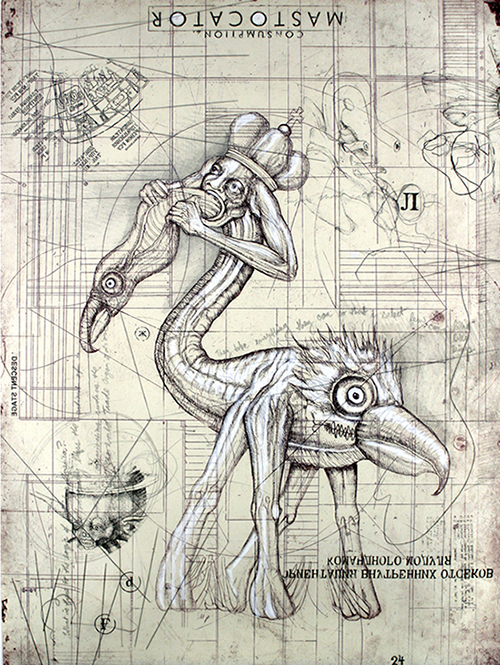
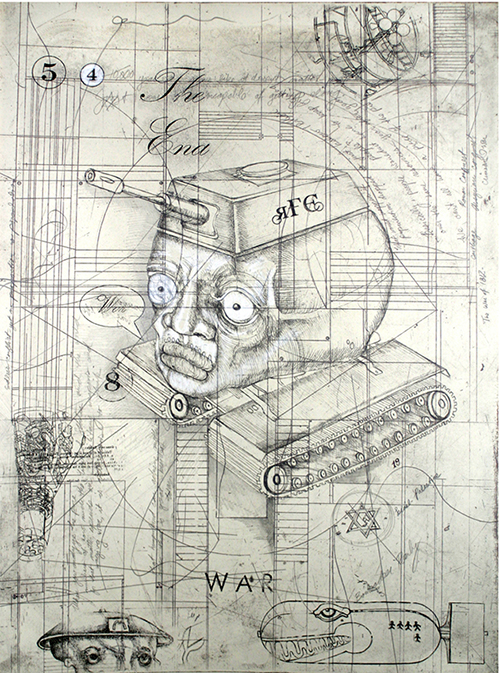




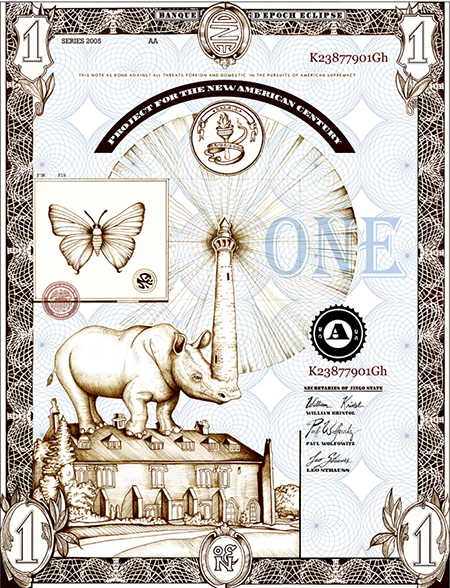
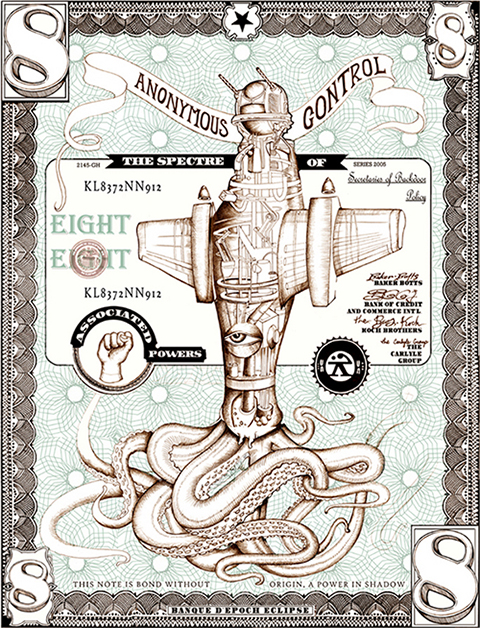



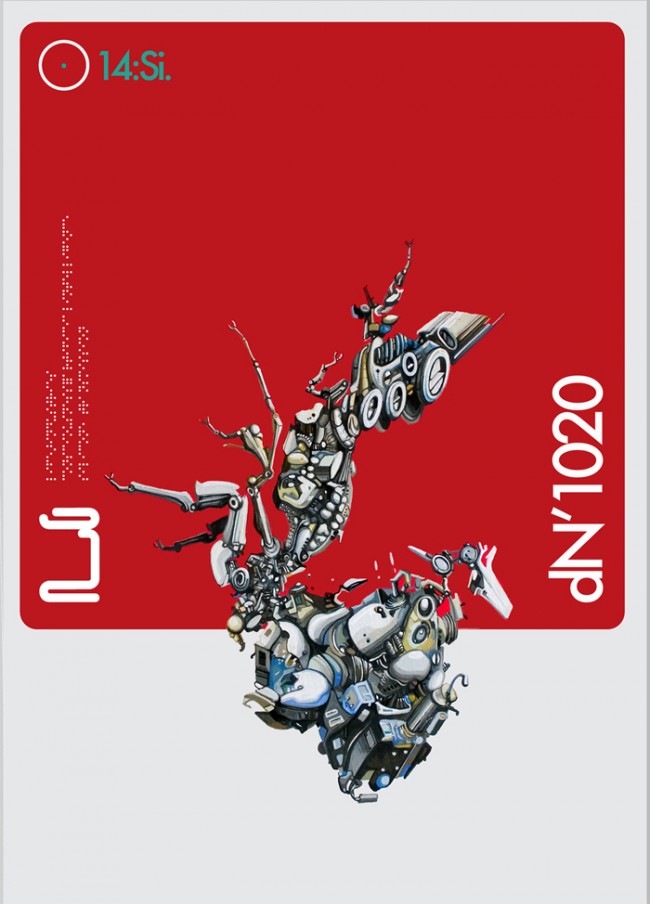




July 1st, 2014at 1:02 am(#)
Such magnificent poetry! I can almost hear Pauletta reading it with her silky smooth accent.
July 1st, 2014at 10:04 am(#)
These moved me so. Wonderful.